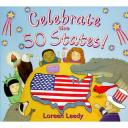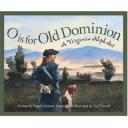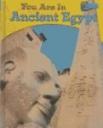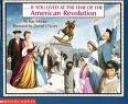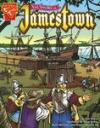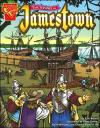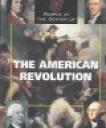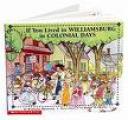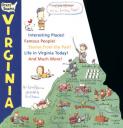“Arizona has a dry climate and unusual scenery, with mesas, canyons, and rocky formations. Arkansas is called the natural state, because of its mountains, forests, waterfalls, lakes and rivers, and mineral springs” (Leedy 5).
Want to learn more about the fifty states? Loreen Leedy’s Celebrate the 50 States describes each of the fifty states in a way that children can relate to and understand. The book includes an alphabetically ordered detailed description of each state. The reader learns about the United States territories and the location of each state. Celebrate the 50 States has excellent color illustrations and also includes some interesting geography facts. It is written in a nontraditional way with comic-like descriptions of state birds and other wildlife. Each page focuses on the individual facts, statistics, maps, flower, and even interesting bits of trivia of each state. For example, in 1945, the first atomic bomb was tested in the Carlsbad Caverns in New Mexico. Celebrate the 50 States concludes with a map of the United States of America that helps the reader to view all of the states as a whole.
Curriculum Connections
Celebrate the 50 States connects history and geography in one book. The book incorporates the history of how each state has changed over time (K.2). It focuses on the beginning of each state and it’s main features. The book also helps students to recognize basic map symbols by showing the basic features of each state (1.4). American Indian cultures of the past are also introduced as backgrounds of some states (2.2). For example, the book introduces Sitting Bull was a leader of the Sioux Nation in North Dakota. Celebrate the 50 States serves as a multi-purpose material for a United States history or geography lesson.
Additional Resources
- Celebrate the 50 States!-this website includes links to other books that relate to United States history
- History Activities-includes online activities to help develop social skills
- The Author-a link to other works by the author and various activities
Book: Celebrate the 50 States!
Author and Illustrator: Loreen Leedy
Publisher: Holiday House Publishers
Publication Date: September 1999
Pages: 32 pages
Grade Range:K5-2
ISBN: 0823414310

